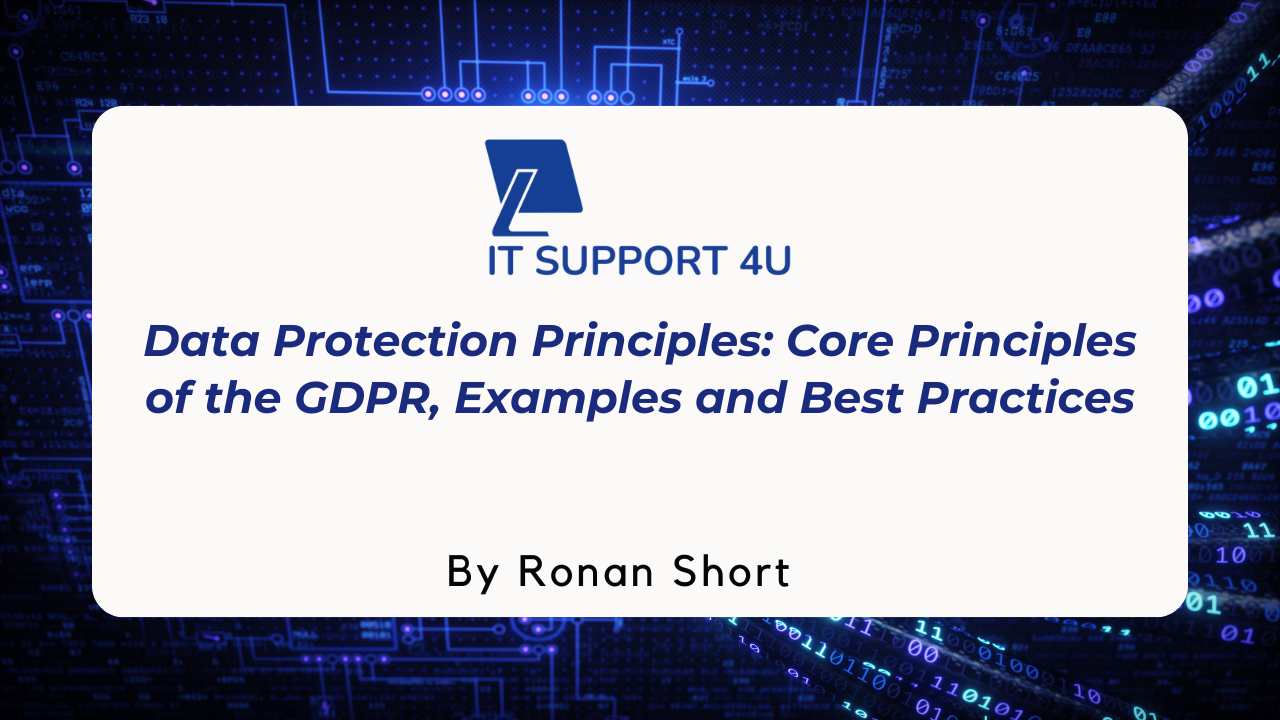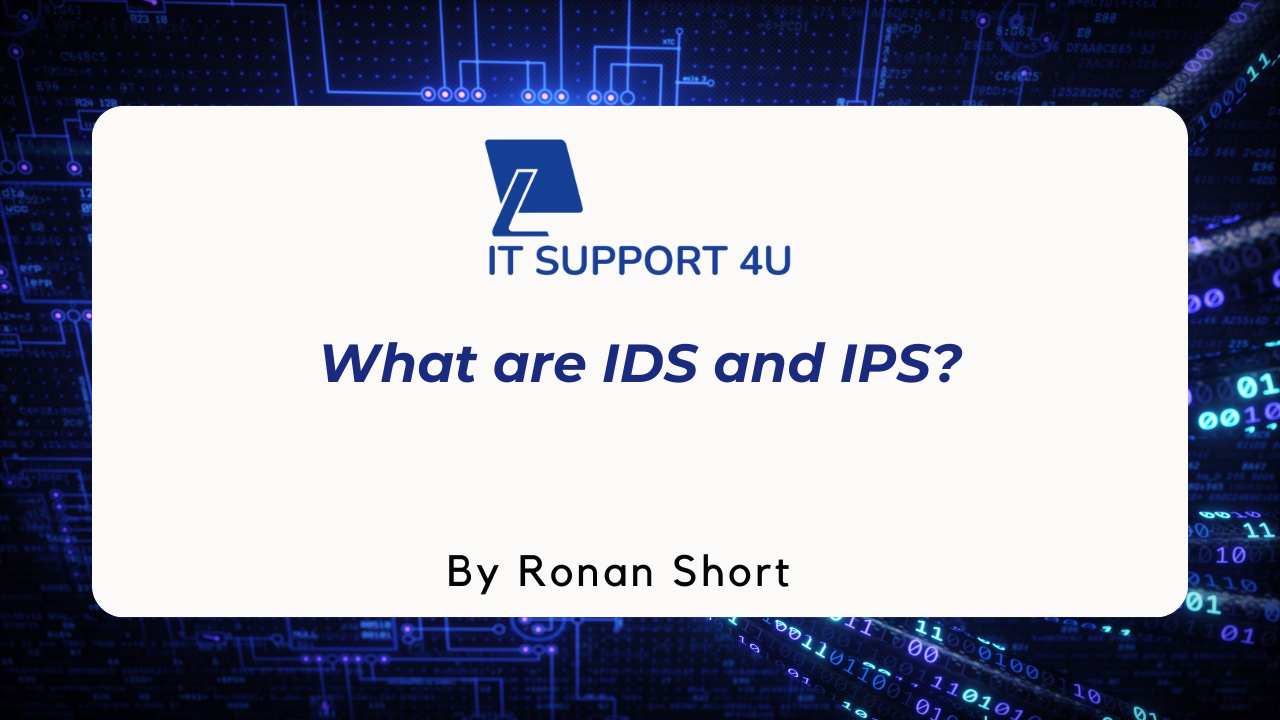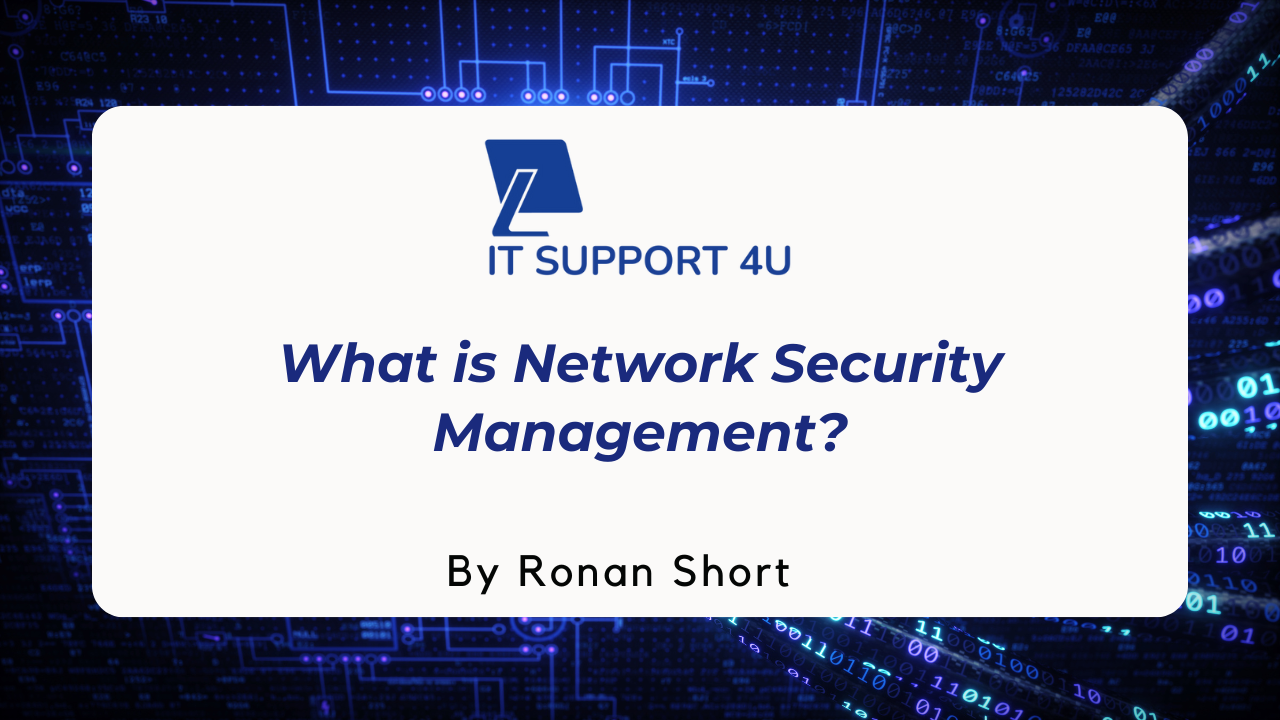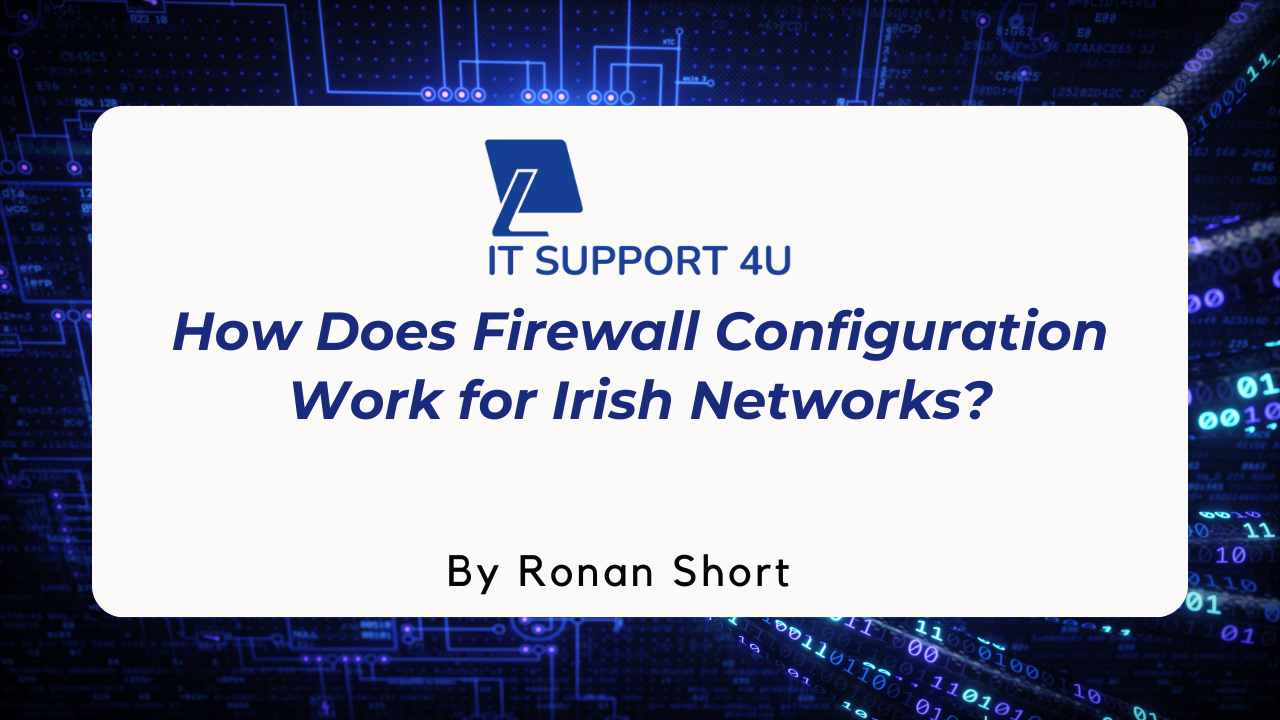Managed services and Software-as-a-Service (SaaS) are two widely used solutions for managing software tools and IT systems. Both approaches cater to businesses seeking efficiency and cost savings, but they serve different purposes. Managed services involve outsourcing IT responsibilities to a third-party provider, whereas SaaS offers self-service access to cloud-hosted applications.
However, choosing between the two can be challenging, as each comes with its own benefits and drawbacks. Managed services provide expert support and reliability, while SaaS is often more flexible and budget-friendly.
In this blog, we will explore the 3 key differences between SaaS & Managed Services highlighting their pros and cons, and guide you in determining which model aligns best with your business requirements.
What Are Managed Services?
Managed services involve outsourcing the management and maintenance of software tools and IT systems to a third-party provider. This approach enables businesses to delegate the responsibility for selecting, implementing, and managing their software applications to a Managed Services Provider (MSP).
An MSP can oversee anything from a single application to an entire suite of software solutions, essentially acting as an external IT department for those specific tools. For example, a start-up might use an MSP to provide and manage email platforms, chat systems, and document collaboration tools.
Moreover, the MSP ensures these applications are correctly set up, integrated, and maintained, while addressing any technical issues or downtime through their support team. This model is particularly advantageous for businesses undergoing rapid growth, as it offers a cost-effective and efficient solution.
Advantages of Managed Services
- Cost Savings: Research by CompTIA reveals that nearly half of businesses using managed services save at least 25% of their IT budget.
- Expert Knowledge: MSPs bring specialised expertise and best practices for the tools they manage.
- Speed: MSPs can use and integrate software much faster than in-house teams.
Disadvantages of Managed Services
- Limited Control: Businesses may have little input into the choice of tools, often having to accept the MSP’s preferred solutions.
- Dependency Risks: If the MSP ceases trading or undergoes significant changes, access to crucial tools could be compromised.
- Contractual Obligations: Businesses may be tied into lengthy contracts, even if they are unhappy with the services provided.
What is SaaS Management?
Software-as-a-Service (SaaS) management offers a modern and flexible alternative to traditional managed services. Instead of outsourcing to an MSP, businesses choose and use cloud-hosted applications directly through self-service.
SaaS tools are designed to be user-friendly, requiring minimal setup or technical support. As they are hosted online, they end the need for on-premise infrastructure. They also offer scalability, allowing employees to adopt and use tools as needed.
Advantages of SaaS Management
- Cost Efficiency: SaaS applications are typically more affordable as they require little to no management.
- Ease of Use: These tools are intuitive and simple to implement.
- Flexibility: SaaS solutions often come with short, flexible contracts, allowing businesses to adapt quickly.
Disadvantages of SaaS Management
- Security Concerns: With data stored in the cloud, security is managed by the SaaS vendor, potentially posing risks.
- Inconsistency: Different teams may use various tools for the same tasks, making collaboration more difficult.
- Lack of Oversight: As employees independently select SaaS tools, it can become challenging to track usage and spending.
3 Key Differences Between SaaS & Managed Services
SaaS is a contemporary alternative to the managed services model, offering benefits such as cost-effectiveness, flexibility, and ease of adoption. However, it can also lead to challenges like reduced oversight and potential security issues.
Managed services, on the other hand, consolidate IT responsibilities under a single provider, ensuring accountability and consistency. Yet, this approach can be less flexible and more resource-intensive.
3 Main Differences:
- Cost and Resources: SaaS is typically more cost-effective and less resource-heavy than managed services.
- Control: Managed services place control with the MSP, while SaaS allows individual teams to decide on their tools.
- Scalability: SaaS applications are more scalable and adaptable to changing business needs.
While SaaS is increasingly preferred, it can result in inefficiencies, such as overlapping subscriptions and security risks due to fragmented oversight. To make the most of SaaS, businesses should actively monitor their application usage, spending, and security protocols.
In conclusion!
Well, both SaaS and managed services offer valuable solutions for managing your business's IT needs, each with its own strengths. SaaS is ideal for flexibility and cost savings, while managed services provide expert support and a comprehensive approach. Choosing the right option depends on your business goals, budget, and IT requirements.
If you're still unsure which model suits your business best, IT Support 4U is here to help. Our experienced team can guide you through the decision-making process and provide customised IT solutions that work for you.
Contact us today to explore your options and make more efficient your IT operations!
Get an IT Plan Today!













